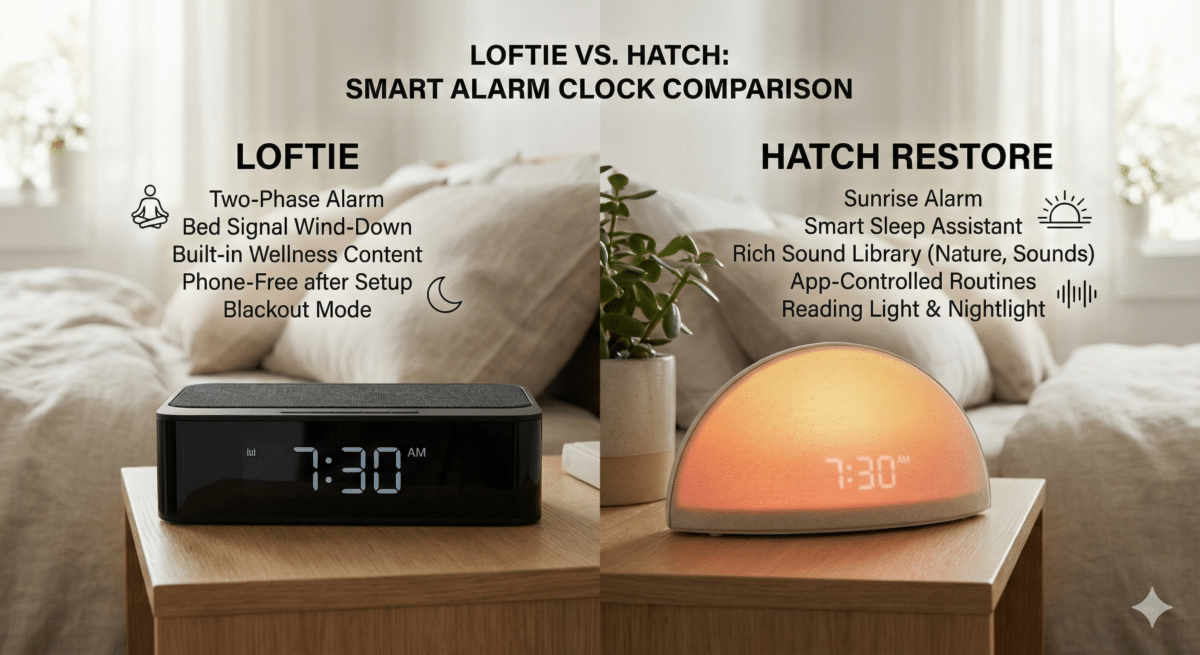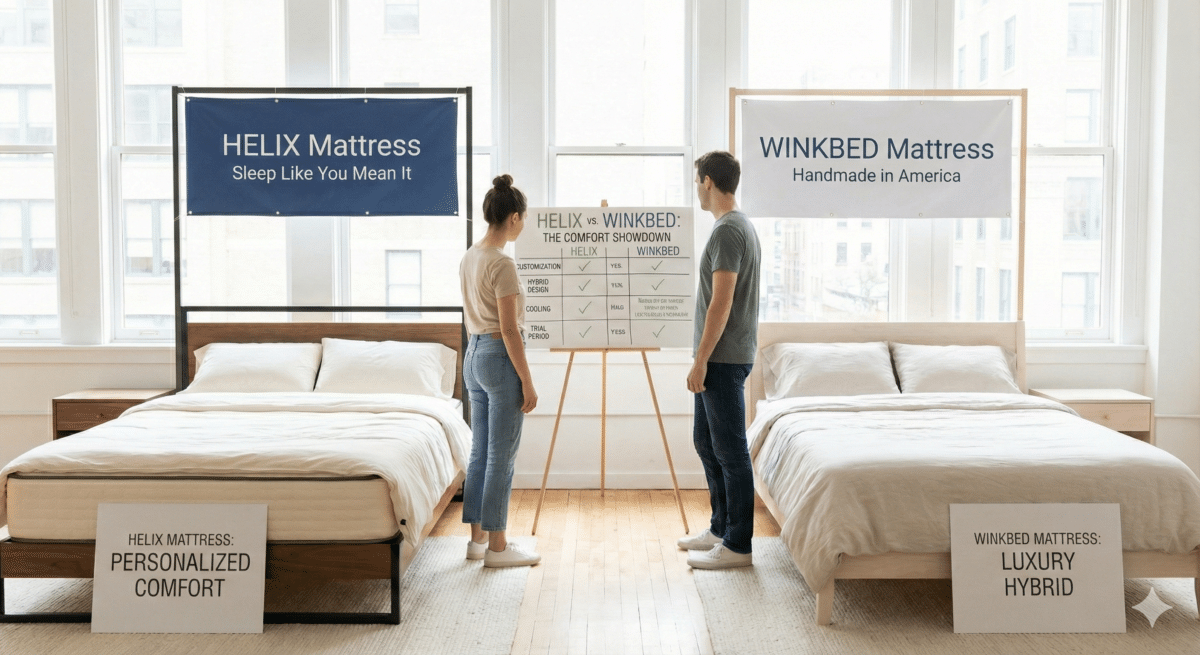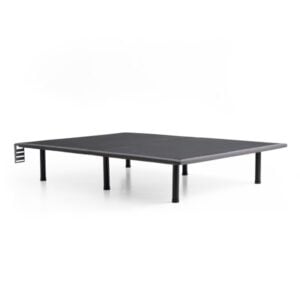How to Solve Winter Sleep Issues in 4 Easy-to-Follow Steps
Winter brings a unique set of challenges to our sleep patterns. The shorter days, colder temperatures, and seasonal changes can significantly impact our nightly rest. Many people find that winter exacerbates problems like seasonal affective disorder (SAD), leaving them feeling sluggish and struggling to maintain a consistent sleep schedule. Fortunately, understanding these winter-specific issues and their solutions can pave the way for better sleep. Let’s delve into how to solve winter sleep issues by addressing four common problems and effective fixes.
1. Combatting Dry Air
As temperatures drop, indoor heating systems run constantly, stripping the air of moisture. This dry air can lead to a host of discomforts, including dry skin, itchy nostrils, and sore throats. It can also make you more vulnerable to colds and flu.
Solution: Use a Humidifier
A cool-mist humidifier can be your best ally in maintaining moisture levels in your bedroom. Not only does it create a more comfortable sleeping environment, but studies have shown that using a humidifier can help extend sleep duration and reduce airborne flu germs. Aim for a humidity level between 30% and 50% for optimal comfort.
Consider the benefits of a cool-mist humidifier:
– Safety: Unlike warm-mist models, they carry no risk of burns.
– Energy Efficiency: They consume less electricity.
– Easier Breathing: The moisture can soothe your nasal passages, facilitating a more restful sleep.
2. Increased Exposure to Light
With shorter daylight hours, the lack of sunlight can throw off your internal clock, leading to increased melatonin production and feelings of fatigue. This disruption can contribute to seasonal affective disorder (SAD) for many.
Solution: Increase Light Exposure
Boosting your exposure to natural light can help recalibrate your circadian rhythm. Here are two effective strategies:
– Morning Sunlight: Spend at least 10 minutes outside every morning. Natural light helps reset your body’s internal clock and can significantly improve alertness.
– Light Therapy Box: If outdoor time isn’t feasible, a light therapy box can serve as an excellent substitute. These devices mimic natural sunlight and can enhance your mood, especially if used in the morning for 20 to 30 minutes. Opt for a box that emits 10,000 lux for maximum effect.
3. Managing Room Temperature
When winter chills set in, it might be tempting to crank up the heat. However, sleeping in a room that’s too warm can interfere with your ability to fall and stay asleep. The ideal temperature for restful sleep is between 60°F and 67°F, according to the National Sleep Foundation.
Solution: Adjust Room Temperature
Here are a few easy adjustments to maintain a cooler sleeping environment:
– Regulate Thermostat Settings: Avoid setting the thermostat too high, as a cooler room encourages your body to cool down, signaling that it’s time for sleep.
– Use Insulating Bedding: Opt for breathable, insulating blankets to keep warm without overheating.
– Electric Mattress Pads: For extra comfort, consider an electric mattress pad to warm your bed before sleep. Just turn it off once you’re tucked in to maintain a cool room temperature.
4. Safeguarding Against Cold and Flu
Winter is the prime season for colds and flu, which can wreak havoc on your sleep quality. A weakened immune system makes it more challenging to fend off these illnesses.
Solution: Practice Prevention
Here’s how to bolster your immune system during the winter months:
1. Flu Vaccination: Getting vaccinated is one of the simplest and most effective ways to protect yourself from the flu. The CDC recommends flu shots for everyone over six months old.
2. Hand Hygiene: Regular handwashing is crucial for preventing the spread of germs. Use soap and water, scrubbing for at least 20 seconds to mitigate the risk of illness.
3. Prioritize Sleep Hygiene: Aim for 7-9 hours of quality sleep each night to strengthen your immune defenses. Create a tidy sleep space by regularly washing your bedding to eliminate allergens that could disrupt your rest.
Conclusion: Embrace Better Sleep This Winter
Understanding and addressing winter sleep issues can help you enjoy restful nights throughout the colder months. By tackling common problems like dry air, reduced sunlight, room temperature, and seasonal illnesses, you can significantly improve your sleep quality.
At Yawnder, we are dedicated to guiding you through your sleep journey. We provide expert evaluations of the best sleep products on the market, ensuring you have the resources you need to create an optimal sleeping environment. From practical advice to product insights, we’re here to help you overcome winter’s sleep challenges.
So as you navigate the frosty season ahead, remember: when you implement these solutions, you’ll not only sleep better but also embrace brighter days. Here’s to a cozy winter filled with restful nights!


















